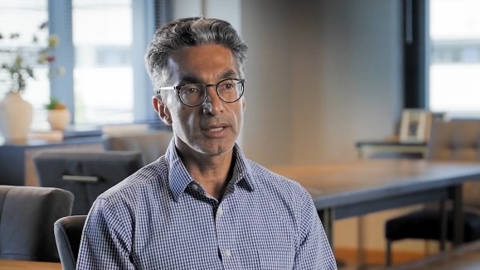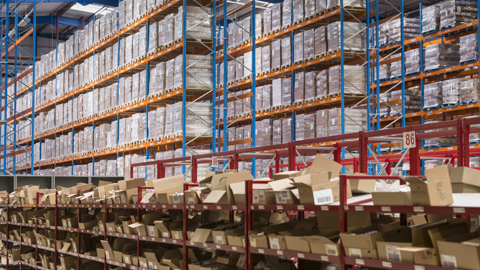We have a clear but effective strategy aligned to the major long-term, structural drivers influencing our sector. This is underpinned by a disciplined approach to capital allocation and embedding ESG initiatives across all of our activities. Our strategy aims to deliver a sustainable combination of long-term, growing income and capital growth.
ESG
High-quality assets, attracting world-leading clients
Direct and active management
Insight-driven development and innovation
Developing land portfolio at yield on cost of 6-8%
Adding value, compounding income
Portfolio optimisation and recycling capital
The Covid-19 pandemic showed the extent to which logistics is a critical element of the UK’s infrastructure and how the modern logistics market is still in its relative infancy. Modern distribution assets play an integral role in supporting many industries and underpinning the UK’s economic output.
Our strategy is aligned with three powerful long-term structural drivers that underpin demand for our assets. These trends are expected to increase and sustain demand for quality logistics real estate in prime locations in the UK and are set against constrained demand.
Long-term positive structural drivers make logistics real estate an attractive and growing sector.
Colin Godfrey, CEO



By implementing our strategy, we can create value for each of our stakeholders, and the communities in which they are based.

Clients
Working collaboratively to create suitable logistics real estate solutions, proactively managed to support their long-term ambitions.

Communities
New jobs, tax revenues, local and green infrastructure, community support and enabling skills development.

Environment
Reduced impact through sustainably built assets and more efficient supply chains.

Shareholders
An aim to deliver attractive long-term income and capital growth.

Lenders
Interest and principal payments backed by secure cash flows.
Our key reporting dates, dividend calendars, details of AGMs, key documentation, information to manage your shares and much more are available on our shareholder information page.